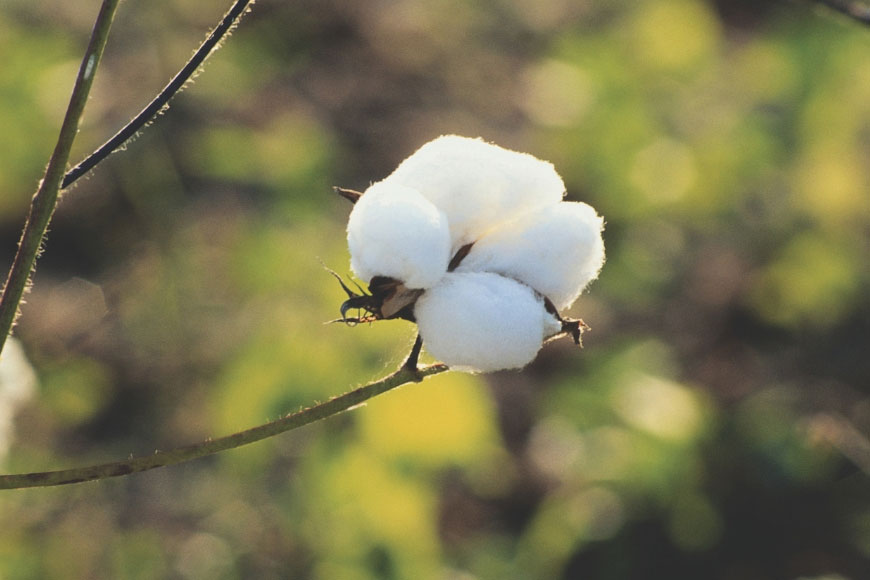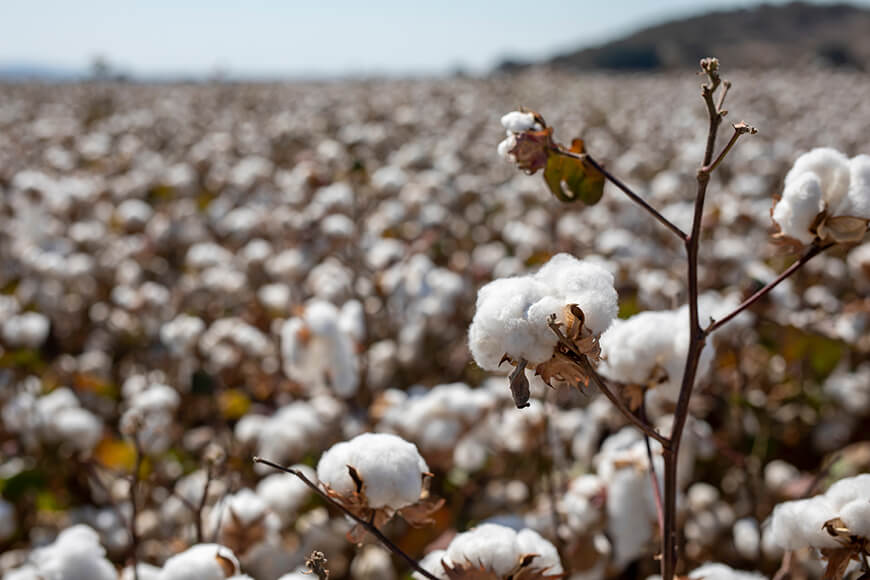Once again faced with a wet and cold spring, now that the forecast has improved we’re finding ourselves in the middle of the busiest few weeks in recent memory. We’re wrapping up corn, and while some have moved to peanuts and cotton depending where you are, others are thinking beans. So with that in mind, let’s talk about changing your mindset a bit when it comes to soybean variety selection. Genetic innovation has given us versatile options that, with the right management, will produce under diverse conditions. Here’s what you should keep in mind when making decisions this season.
Set a realaistice yield goal.
Before you can make a soybean selection, it’s important to be realistic about your yield goal. If you soil pH is 5.9, and it’s been a few years since you spread lime, then chances are you’re going to be low on several micronutrients during the season and N,P and K uptake will not be as great. My recommendation would be to first take care of the soil; but if money is tight, be realistic and select a soybean that can better handle your conditions. If you have done what you are supposed to regarding lime, drainage and soil tilth it is time to start increasing your yield goal and matching genetics.
Set yourself up for success.
I always recommend a seed treatment of some kind. On heavier/wetter soils types we see more pythium and phytophthora causing germination problems. As we move later into the season, rhizoctonia becomes an issue, especially on lighter soil types after heavy saturating rains. Fusarium generally hits when we are hot and dry. Make sure your seed treatment covers all of these diseases. Some treatments only cover three of the four.
Take advantage of free nitrogen.
A 70 bu bean crop needs 305 lbs. of N. That’s a lot to ask a soybean plant to fix through biological fixation. If you are using a disc/cultivating, have low CEC (less than 7) soil types, and generally don’t have a lot of microbial life in your soil, you need to be using an inoculant. It’s cheap nitrogen insurance.
Don’t work hard, work smart.
Use a residual herbicide. Residual herbicide options are cheaper than ever and good ones work for up to four weeks. Instead of driving by the field everyday waiting for weeds to spray post-emerge, let the herbicide do that work for you. Plan on a follow-up spray three weeks later no matter what. We rarely see where a post-only strategy pays off, and if it does, it will be short lived.
Analyze your soil samples.
Most recommendations from the state labs or other institutions are based on removal. For instance, a 70 bu soybean removes 84 lbs. of K20, so that’s what you should spread. Most people don’t realize the plant (green tissue) takes up 70 lbs. as well. You’ll get that back at some point through decomposition, but a lot of lighter soil types don’t have enough K20 to build the plant and have excess needed to fill grain.
Shoot for higher yields than last year.
Genetics are improving every year. If you want to increase your yields, you can’t simply grow “newer” high yield potential soybeans and expect higher yields. In order to capture more genetic potential, we need to fertilize and manage for the yields that are achievable with newer genetics.
Cade Baughman // This email address is being protected from spambots. You need JavaScript enabled to view it.











